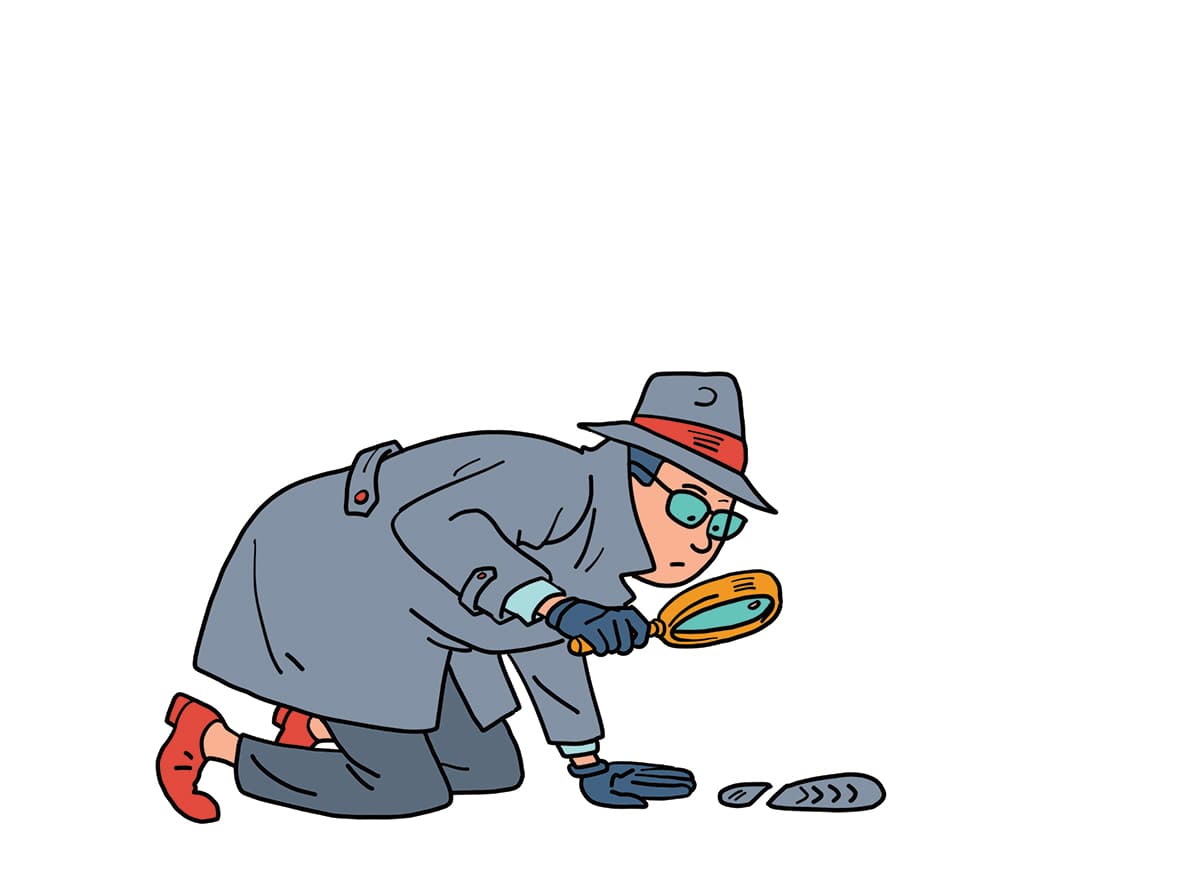 “Junk science” is a method or test that has little or no actual support in the scientific community. Nevertheless, the prosecutors in counties across Illinois, including Cook, Lake, DuPage, Kane, McHenry and Will as well as the FBI rely on junk science to prosecute many of their cases. The State will even use junk science at trial to get convictions. Some of these questionable methods of analysis include:
“Junk science” is a method or test that has little or no actual support in the scientific community. Nevertheless, the prosecutors in counties across Illinois, including Cook, Lake, DuPage, Kane, McHenry and Will as well as the FBI rely on junk science to prosecute many of their cases. The State will even use junk science at trial to get convictions. Some of these questionable methods of analysis include:
Bitemark Analysis
Bitemarks are a type of junk science used by the government. Bitemark evidence relies on the idea that a person’s dental imprint is like DNA. The idea is that everyone has their own unique bitemark that can be traced back to them. The State will have you believe that a forensic dentist is capable of identifying and examining a wound, such as a cut or bruise, and then determining who did the biting. But in reality, there are lots of people with similar teeth that could leave a similar bitemark.
The idea that a bitemark is a unique identifier and could be traced to one person just isn’t supported by science. Bitemark evidence simply isn’t accurate.
Bitemark evidence has resulted in numerous wrongful convictions over the years. Some of these wrongful convictions were even for murder and sexual assault. But despite its tenuous scientific support and known wrongful convictions, bitemark evidence is still being used in courts today.
911 Call Analysis
911 call analysis evidence is another type of junk science. Some police officers and prosecutors believe that they can determine whether a person is telling the truth or sounds guilty from the 911 call they make. They believe that you can analyze a caller’s speech patterns based on their tone, grammar, word choice, and even when they pause. These claims also don’t have scientific support.
Some people, holding themselves out as experts, even started a business based on this idea and tried to promote this junk science throughout the country. One in particular even taught courses and his work has been relied upon by prosecutors across the country. He wrote a book on this about how to analyze homicide calls in forensic and criminal investigations. But his theory and methods just aren’t supported by science. Despite the lack of scientific support, some prosecutors and police still believe in his theory.
Shaken Baby Syndrome
Shaken baby syndrome, now referred to as abusive head trauma, is a “diagnosis” that is unsupported by the scientific and medical community. The classic triad of symptoms are bleeding in the eyes, brain bleeding, and brain swelling. Neurological impairment and other symptoms may also be considered. Prosecutors and “experts” rely on the triad or similar symptoms and often assume guilt. This has led to many wrongful convictions. A prosecutor or medical professional assumes that since there was bleeding in the eyes, brain bleeding, swelling, or neurological impairment, that a baby must have been shaken. But often other possible explanations such as a fall are often not seriously considered.
Footwear Impressions
Footwear impression or shoe print analysis is supposed to work by identifying characteristics of the shoe print and comparing them to a shoe. An “expert” will look for “accidental characteristics” like a cut in the shoe and other identifying characteristics.
This all sounds great in theory but it’s very subjective. There is no scientific support that proves these methods are reliable. There are many different shoe brands and even more shoe models. It’s possible that another shoe leaves a similar print to the one found at the scene of the alleged crime. Another shoe may easily have similar accidental characteristics and leave a similar print.
Clothing based Identification
The FBI and police agencies may use forensic clothing-based identifications as well. A clothing item recovered from the scene of an arrest may be compared to black-and-white surveillance pictures from the alleged crime. For example, a forensic “expert,” called an image examiner, may testify that the lines on the shirt in the photo match the lines of the shirt recovered during an arrest or that there were matching points of identification between the articles of clothing.
Evidence like this is extremely questionable and there is no way of definitively knowing whether the item of clothing obtained during an arrest or search matches surveillance images or video.
Hair Analysis
Hair analysis is another kind of junk science. The police can make it sound so convincing. Hair analysis uses hair recovered at alleged crime scenes and compares it to the hair of a defendant.
Hair analysis relies on the flawed idea that recovered strands of hair can be matched to a person. This method doesn’t actually rely on DNA testing though. It relies on observing the hair in a microscope and looking for characteristics that match the defendant’s hair.
Many people have been wrongfully convicted and some even sentenced to death using this method.
Speak to an Experienced Criminal Lawyer
As you can see, the police, State, and FBI use many different flawed tests and methods like these to get convictions. It’s important to hire an attorney that understands what tests and methods are unreliable so that you don’t fall victim to one of these tests. The legal team at Sexner & Associates LLC can be contacted at (800) 996-4824. Our phone lines are open 24 hours a day.
